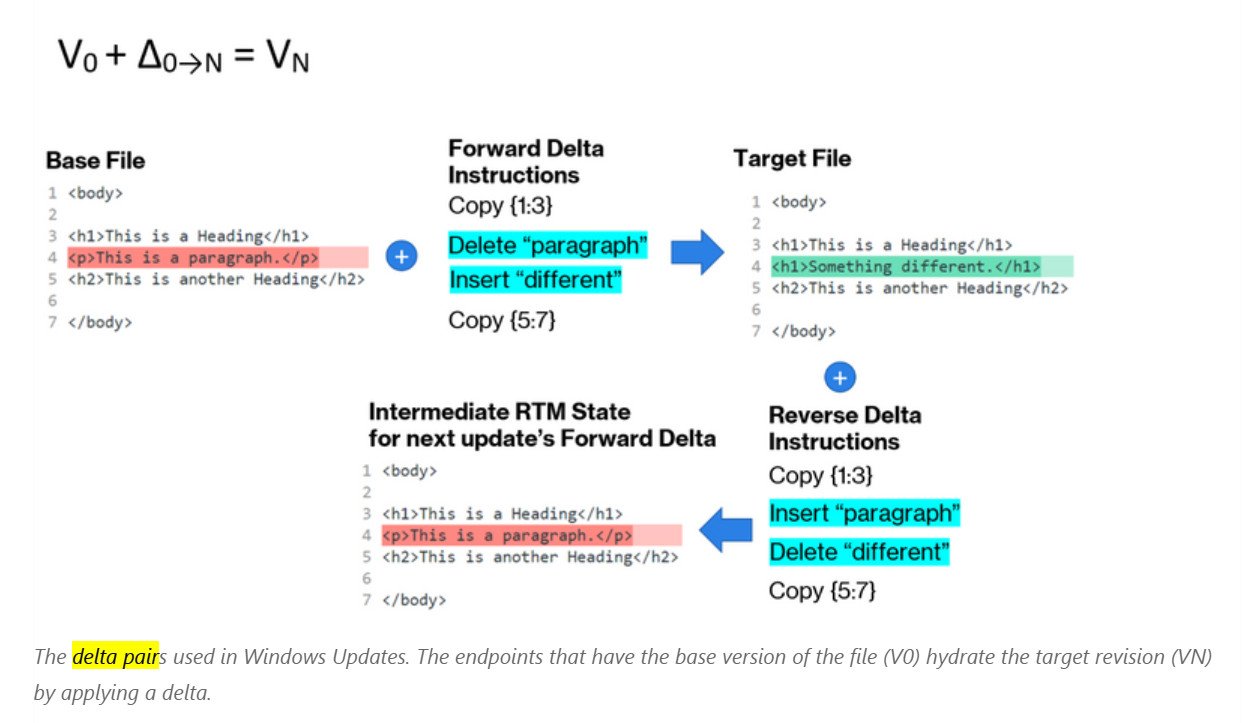Microsoft breaks down how it shrunk Windows 11 updates by 40%
You may need a few textbooks to understand the answer.

What you need to know
- Microsoft has revealed the secret behind its ability to shrink Windows 11 update sizes by 40% as compared to the size norms of previous operating system updates.
- The methods employed by Microsoft are very technical.
Microsoft says its Windows 11 update sizes are 40% smaller than what the company's operating system updates used to be. Curious how the tech giant has managed such a feat? Well, after reading the explanation, you may have more questions than answers, as well as a desire to get an advanced computer sciences degree.
In the blog post where Microsoft reveals its methodology, we find out the secret sauce is "reverse update data generation." As to what that is? Well, you'll have to read the post yourself to find out, possibly in addition to some textbooks on data transmission. Here's a sample of Microsoft's explanation as to what would've constituted a non-viable approach in the pursuit of 40% size reduction:
Binary deltas utilize transforms and patching instructions to transform a file from its base version to a target version. While some patching and transforms that add data to a file are non-destructive, transforms and patches may delete data needed for a reverse delta. For this reason, a bidirectional delta would need to store the content added in the forward delta and the content deleted during the forward apply. Because the data in forward and reverse deltas are largely disjoint, little efficiency is gained from a bidirectional delta over paired forward and reverse deltas.

If none of those words make a lick of sense to you and you're not familiar with topics such as the hydration of target revisions, you may be out of luck. But for those who do get this stuff, perhaps Microsoft's post makes for an interesting read.
Get the Windows Central Newsletter
All the latest news, reviews, and guides for Windows and Xbox diehards.
Robert Carnevale is the News Editor for Windows Central. He's a big fan of Kinect (it lives on in his heart), Sonic the Hedgehog, and the legendary intersection of those two titans, Sonic Free Riders. He is the author of Cold War 2395. Have a useful tip? Send it to robert.carnevale@futurenet.com.

